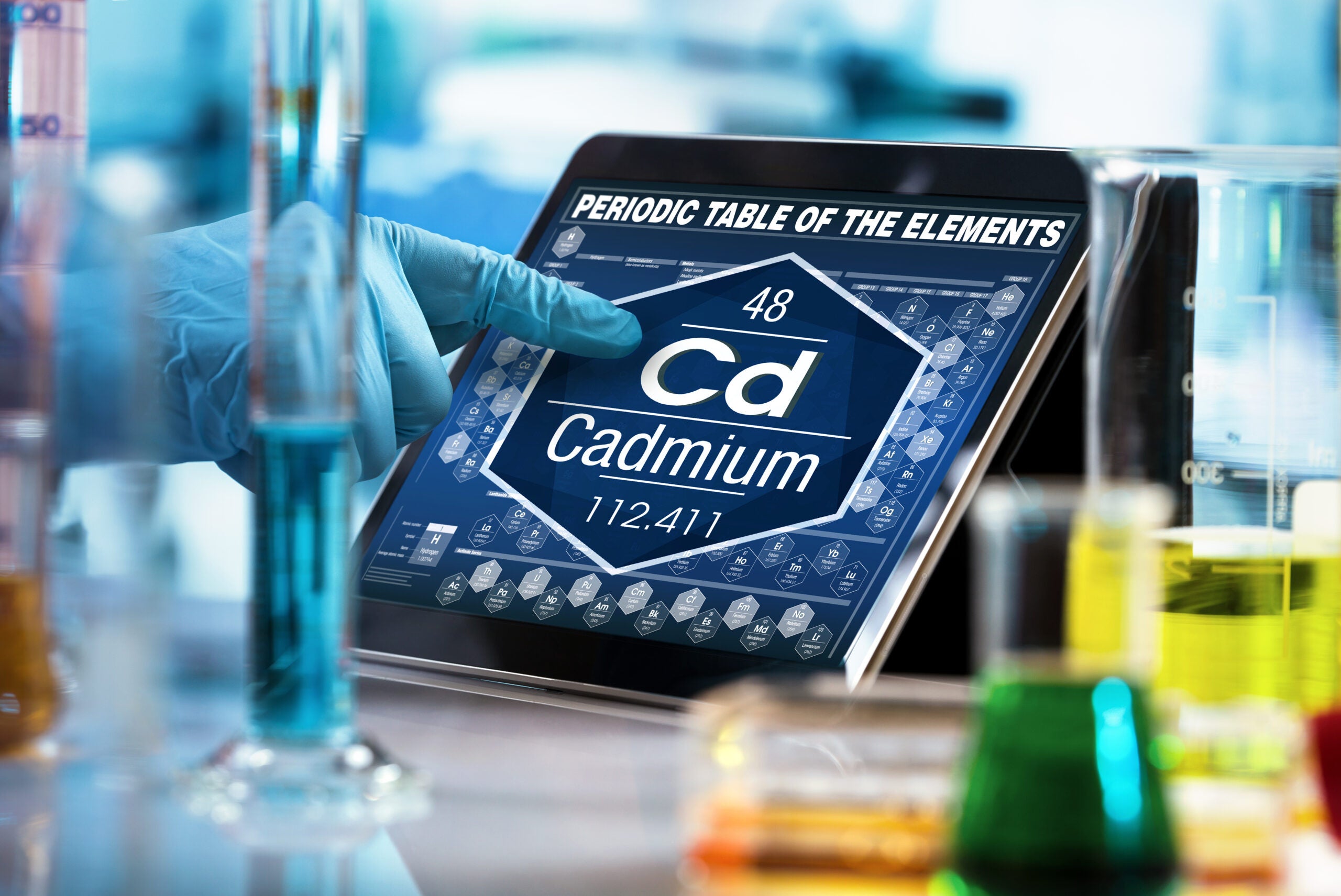Nano On A Hot Tin Roof
Cal Baier-Anderson, Ph.D., is a Health Scientist.
Andrew Maynard, of the Project on Emerging Nanotechnologies, recently blogged about an Australian study that documented an odd effect of sunscreens containing nanoscale titanium dioxide (TiO2). The study was prompted by the observation that installers of metal roofs who used these sunscreens inadvertently transferred the product onto the roofs. In places where the workers’ skin had touched the painted metal surfaces, the paint showed accelerated weathering. Why? Because the particular type of nanoscale TiO2 in the sunscreen (the anatase crystal form) is photoactive – when it absorbs UV light, it releases free radicals that speed up the oxidation of the underlying paint.
So it’s only fair to ask whether the use of such sunscreens could accelerate the weathering of our skin. Andrew says not necessarily. While the observed damage to roof paint raises a red flag, for harm to our skin to occur would require that the free radicals penetrate down to the living layers of the skin. That step has not (yet) been observed to occur.
Researchers from DuPont noted that some but not all forms of nanoscale TiO2 exhibit such photoactivity. And reactivity can be decreased (or increased) by introducing special treatments and surface coatings to either “passify” or activate such materials.
One might have expected that sunscreen formulators would choose to use the less-reactive nanoscale TiO2. So why do some of these sunscreens exhibit increased photoactivity? Does this demonstrate a lack of understanding on the part of formulators, or are treatments used to reduce reactivity breaking down over time? And is the government watching?
So let’s review what we know and don’t know:
• We know that some forms of nanoscale TiO2 are more reactive than others.
• We know that nanoscale TiO2 can be modified to reduce reactivity.
• We know that some sunscreens that contain the more reactive form of nanoscale TiO2 can damage painted metal roofs.
But:
• We don’t know if frequent use of sunscreens containing the more reactive form of nanoscale TiO2 poses a greater health (or environmental) risk than the less reactive form.
• We don’t know what type of nanoscale TiO2 is present in any given sunscreen we may purchase (in fact we may not even know if the TiO2 is nanoscale or not).
• There’s still a lot more research needed to determine whether each of the various forms of nanoscale TiO2 can or cannot penetrate skin, including actively flexed or damaged (e.g., sunburned) skin.
Meanwhile, be careful climbing on that roof!












